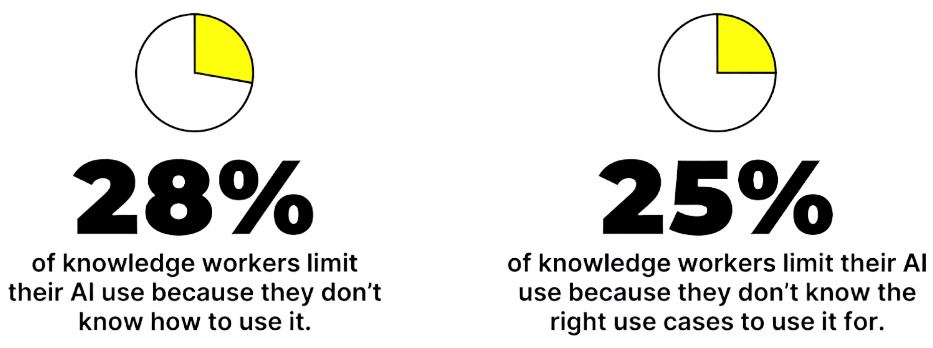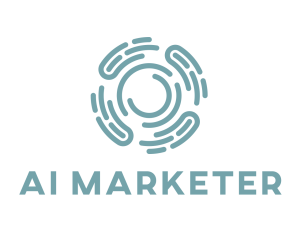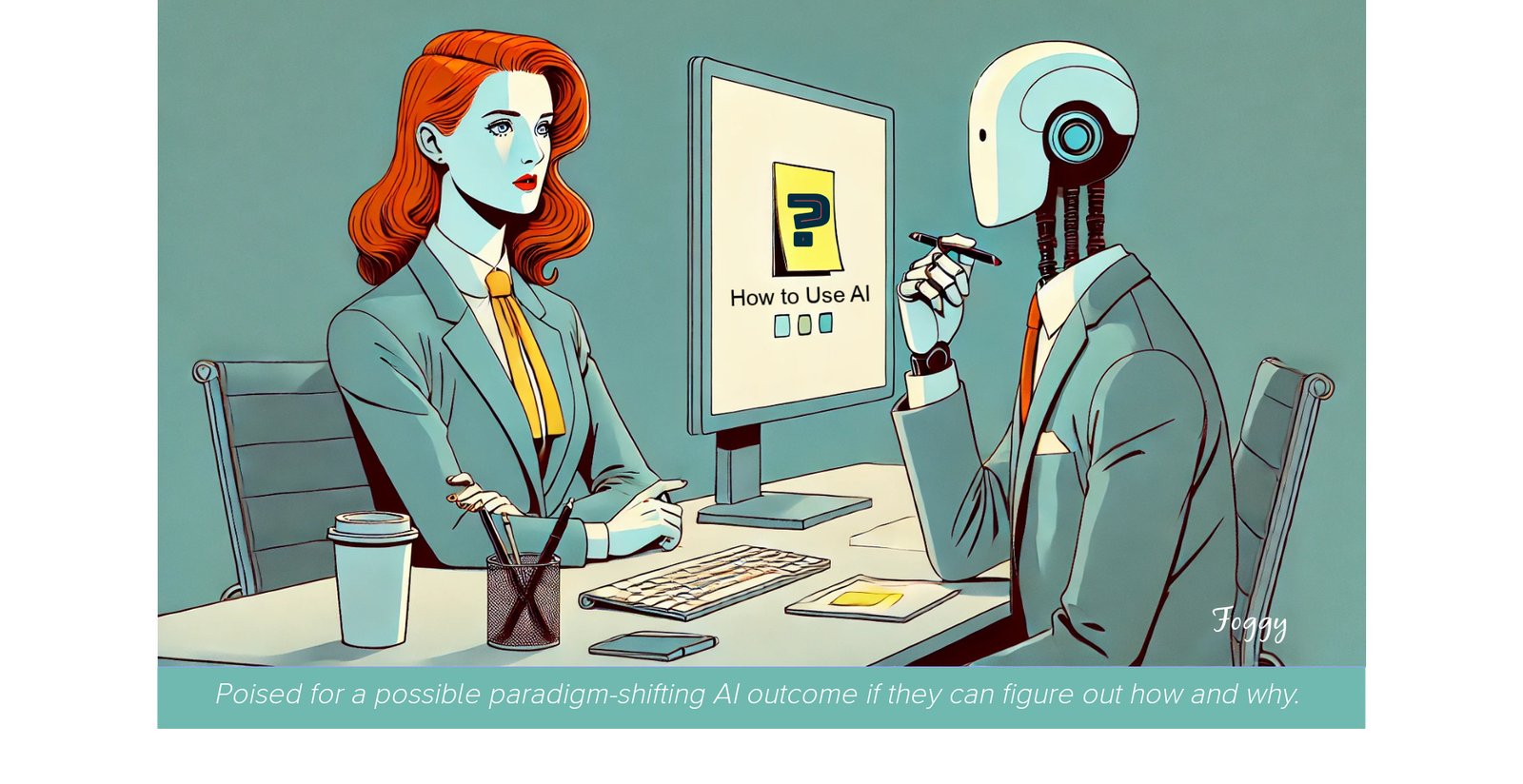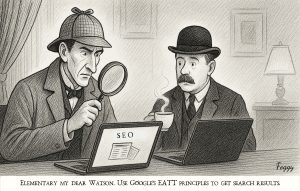AI has a blank page problem—the growing gap between AI’s potential and how it’s actually being used at work.
When generative AI burst onto the scene, executives moved fast. Budgets were reallocated, pilot programs launched, and ambitious strategy decks filled with words like “transformation” and “scale” hit boardroom tables.
But on the ground? Workers opened ChatGPT and asked it to write an email.
A new study from Section (formerly Section School) reveals a startling disconnect: 76% of professionals say they trust AI, and 65% say they’d be disappointed to lose it. But the top tasks they use it for? Editing writing, summarizing notes, and drafting Slack messages.
Only 28% of respondents say they can consistently find useful ways to apply AI to their job.

A Solution in Search of a Use Case
It’s not that employees are resistant. They’re eager. But they’re staring at a tool with nearly limitless potential—and no clear prompt. In the absence of structure, most fall back on surface-level productivity tricks.
That’s not just a missed opportunity. It’s a strategic failure.
While leaders roll out access to AI tools across departments, they’re often skipping the hard part: teaching teams what to use AI for, when, and why it matters. According to Section, 57% of employees haven’t received any AI training, and half say their company hasn’t even established guidelines for use.
It’s no wonder that even highly motivated employees struggle to move beyond low-stakes AI experimentation.
Managerial Silence Is Costing You
The problem isn’t just a lack of training—it’s a lack of direction. Section found that 74% of managers don’t clarify how their teams should use AI, and 32% say nothing at all. WTF?
Without a signal from leadership, AI becomes a private, ad hoc tool—like a digital Swiss Army knife used only when convenient, and rarely in collaboration.
Meanwhile, some of the most valuable AI opportunities—automating repetitive data tasks, streamlining internal workflows, improving customer onboarding, and accelerating strategic research—go untouched.
From Blank Page to Blueprint
Fixing this starts with flipping the script.
Rather than asking employees to “find ways to use AI,” companies should identify where AI can remove friction in high-value workflows. That means auditing core team processes and running small experiments with measurable outcomes. It means creating internal libraries of successful prompts and use cases, so learning compounds across teams.
It also means embedding AI into daily rituals. Research from the University of Washington and Carnegie Mellon found that integrating AI assistants into daily meetings—when done thoughtfully—can improve collaboration and reduce ambiguity. The key? AI must serve the team, not replace its judgment.
A Strategic Culture, Not a Free-for-All
AI is not “productivity glitter.” It’s a business tool. And tools need training, expectations, and measurement.
Leaders who want to move past the blank page problem must take ownership. That means:
- Setting specific AI expectations by role or function
- Investing in scenario-based training
- Sharing wins and failures across teams
- Defining guardrails early—and revisiting them often
Without structure, AI will remain a curiosity. With structure, it becomes an advantage.
Conclusion: The Future Doesn’t Write Itself
Every company says it wants to be AI-enabled. But most are still waiting for employees to figure it out on their own.
The future of work won’t be built by individuals prompting in isolation. It will be shaped by teams that turn blank pages into business playbooks—and by leaders who give them the tools to write them.
Mark Quinn, in a Fast Company article, wrote: “Instead of thinking about what AI was going to do to me, I shifted my mindset to explore what it could do for me.”
Managers should take note!
Read Section’s research highlights to get deeper insights into what should be on the AI “blank page.”
By Jeff Domansky, Managing Editor
Desperately seeking AI marketing use cases? Hitting an AI blank page? Find the best AI marketing, AI writing and AI design tools to see what AI can do for you!











